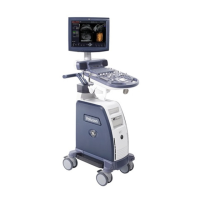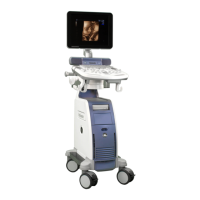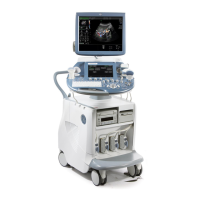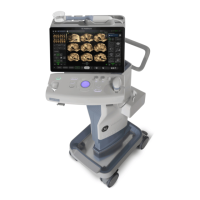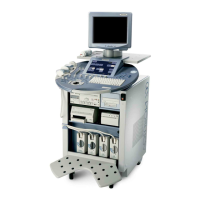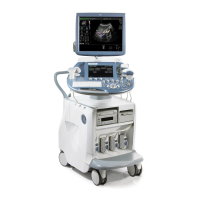When there's too much leakage current …
Ultrasound System – Common Service Information 4-45
Direction 5444964-100 English Rev. 5
Probe Fails
Test the probe in another connector to isolate if the fault lies with
the probe or the Ultrasound system.
NOTE: Each probe will have some amount of leakage, dependent on its
design. Small variations in probe leakage currents are normal
from probe to probe. Other variations will result from differences
in line voltage and test lead placement. The maximum allowable
leakage current for body surface contact probe differs from
inter-cavity probe. Be sure to enter the correct probe type in the
appropriate space on the check list.
If excessive leakage current is slot dependent, inspect the
Ultrasound system connector for bent pins, poor connections,
and ground continuity.
If the problem remains with the probe, replace the probe.
Peripheral Fails
Tighten all grounds. Ensure star washers are under all ground
studs.
Inspect wiring for bad crimps, poor connections, or damage.
Still Fails
If all else fails, begin isolation by removing the probes, external
peripherals, then the on board ones, one at a time while
monitoring the leakage current measurement.
Where applicable, in the case of using a UPS (uninterruptible
power supply), perform the tests in the “Electrical Safety tests”
section without using the UPS (i.e. directly connect the
Ultrasound system to the AC wall outlet). If this leads to a pass
result, the specific UPS must no longer be used.
New Ultrasound system
If the leakage current measurement tests fail on a new
Ultrasound system and if situation can not be corrected, submit
a Safety Failure Report to document the Ultrasound system
problem. Remove Ultrasound system from operation.
ECG Fails
Inspect cables for damage or poor connections.
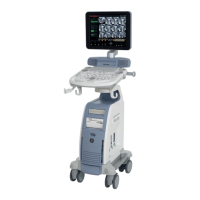
